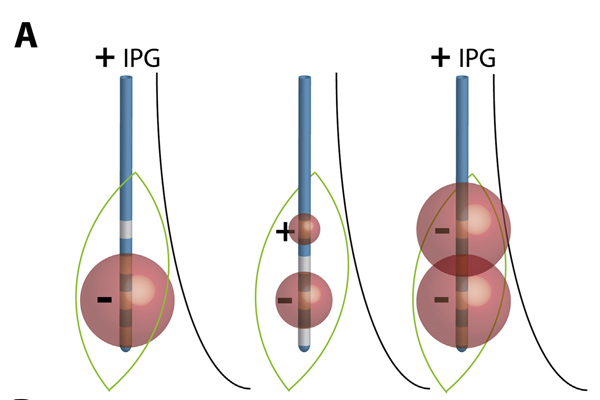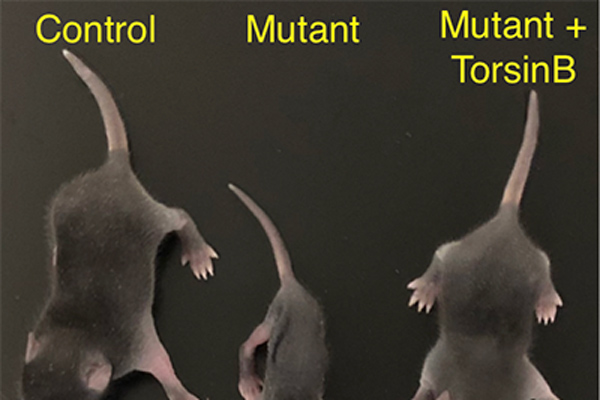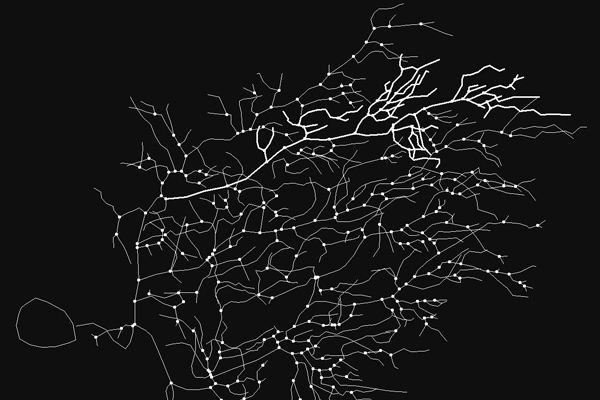Movement Disorders

Shilpa Chitnis, M.D., Ph.D.
Professor
Deep Brain Stimulation (DBS) has revolutionized the lives of patients with Parkinson disease and other movement disorders offering therapeutic options to those not benefiting entirely from medications alone. Ongoing research is expanding our knowledge base, which should be dynamically incorporated into our institute’s DBS paradigm to ensure that patients receive the optimal therapy.
1. Our research focuses on developing creative programming techniques to help patients unlock the full potential of this remarkable therapy.
2. Our team also focuses on developing processes to improve patient outcomes from deep brain stimulation (DBS) surgery for Parkinson disease (PD), essential tremor (ET), and dystonia.

William Dauer, M.D., M.S.
Professor
The Dauer lab studies the pathogenesis of movement disorders, with a focus on dystonia and Parkinson disease. These studies also explore the mechanisms of selective neuronal vulnerability in human disease and aim to devise novel therapeutic strategies. We focus on human disease genes using cellular, molecular and mouse genetic approaches.
Richard Dewey, M.D.
Professor
My research effort is directed toward discovering a way to slow down or stop the progression of Parkinson’s disease (PD), the second most common neurodegenerative disorder. Current projects include ongoing analysis of a large, longitudinal follow-up study of PD patients who underwent detailed gait and balance analysis over a period of up to 4 years, an early phase evaluation of a novel agent that may increase energy production in mitochondria in people with PD, and a study of various imaging modalities for their ability to predict disease progression rate in PD.

Elan Louis, M.D., M.S.
Professor
My work focuses on the epidemiology, genetics, clinical features and pathophysiology of tremor disorders, with my primary focus being on essential tremor, which is the most common of these disorders. Many of these studies involve deep phenotyping of carefully assembled patient cohorts followed by tissue-based studies to address research questions.
